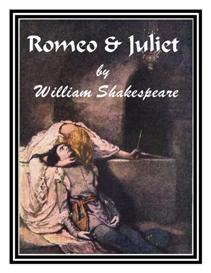Description
House of Seven Gables by Nathaniel Hawthorne
IN September of the year during the February of which Hawthorne had completed “The Scarlet Letter,” he began “The House of the Seven Gables.” Meanwhile, he had removed from Salem to Lenox, in Berkshire County, Massachusetts, where he occupied with his family a small red wooden house, still standing at the date of this edition, near the Stockbridge Bowl.
Since research has disclosed the manner in which the romance is interwoven with incidents from the history of the Hawthorne family, “The House of the Seven Gables” has acquired an interest apart from that by which it first appealed to the public.
John Hathorne (as the name was then spelled), the great-grandfather of Nathaniel Hawthorne, was a magistrate at Salem in the latter part of the seventeenth century, and officiated at the famous trials for witchcraft held there.
It is of record that he used peculiar severity towards a certain woman who was among the accused; and the husband of this woman prophesied that God would take revenge upon his wife’s persecutors. This circumstance doubtless furnished a hint for that piece of tradition in the book which represents a Pyncheon of a former generation as having persecuted one Maule, who declared that God would give his enemy “blood to drink.”
It became a conviction with the Hawthorne family that a curse had been pronounced upon its members, which continued in force in the time of the romancer; a conviction perhaps derived from the recorded prophecy of the injured woman’s husband, just mentioned; and, here again, we have a correspondence with Maule’s malediction in the story.





Reviews
There are no reviews yet.